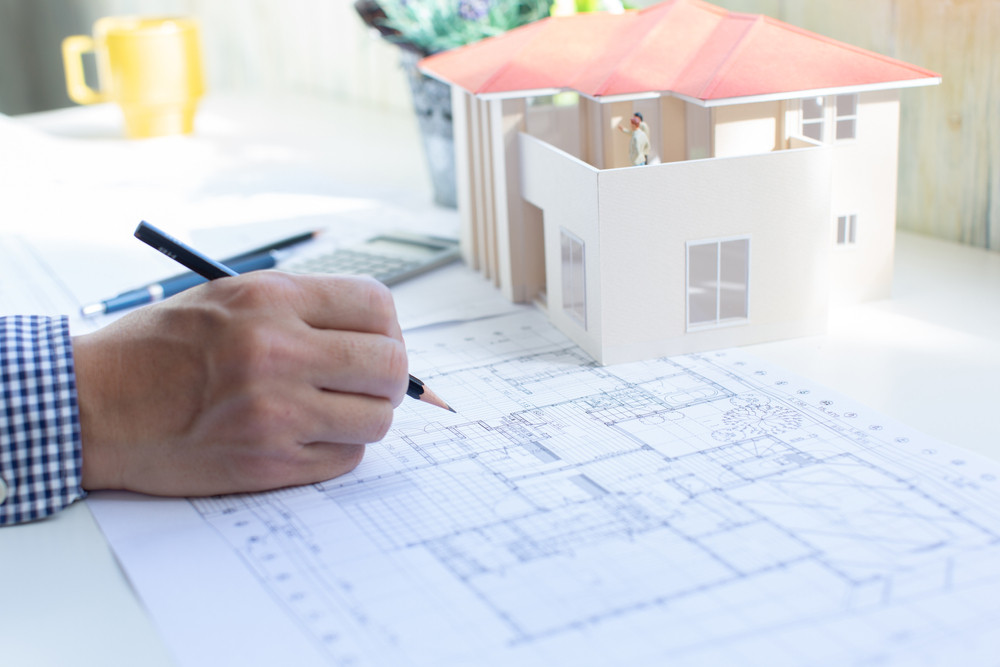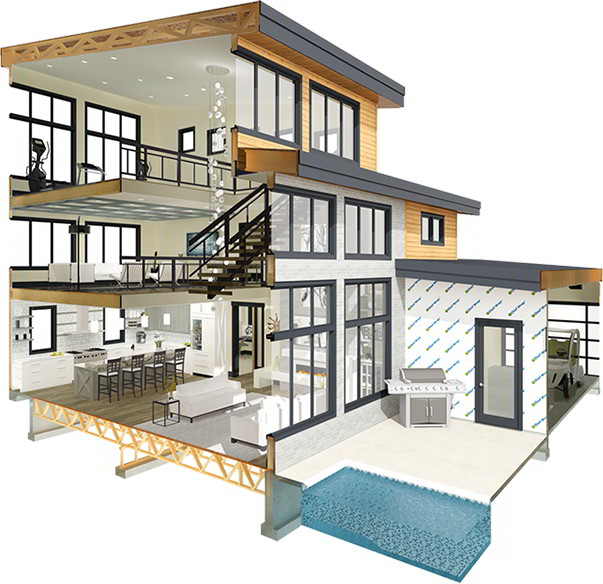The Creative Refine Behind Successful Projects from CDA Architects
The Creative Refine Behind Successful Projects from CDA Architects
Blog Article
Comprehending the Collaborative Process In Between Architects and Designers in Modern Building Projects
The collective procedure in between engineers and engineers is vital in contemporary building and construction tasks, as it balances style intent with design expediency. Checking out these characteristics discloses understandings that can dramatically impact job outcomes and general sector criteria.
The Value of Collaboration
The collaborative harmony between architects and designers is vital for the effective realization of any kind of building and construction job. This collaboration unites unique competence and perspectives, allowing the assimilation of ingenious style with useful design services. By interacting, architects and engineers can ensure that a project not just satisfies visual and functional demands yet additionally abides by security, sustainability, and monetary constraints.
Partnership promotes a common vision, promoting the positioning of goals and expectations from the start. This positioning is critical in dealing with potential challenges and mitigating threats that could occur throughout the task lifecycle. In addition, a collective strategy permits the effective allotment of resources, enhancing both time and price.
The importance of cooperation includes the iterative procedure of design and construction, where feedback from designers can notify architectural choices, bring about even more practical and lasting layouts. Conversely, designers can inspire designers to believe creatively regarding just how to accomplish architectural stability without endangering creative intent. Inevitably, the collective partnership between designers and engineers is not merely useful; it is essential to the development of high-quality, useful, and ingenious built settings that fulfill the requirements of culture.
Communication Methods and Devices
Reliable interaction techniques and devices are crucial for cultivating collaboration between engineers and designers throughout the project lifecycle. Developing clear channels of interaction is vital to make sure that all staff member are lined up with project objectives, timelines, and responsibilities. Routine conferences, both in-person and virtual, give opportunities for stakeholders to go over progression, address concerns, and make informed decisions.

In addition, taking on collaborative communication devices, such as Slack or Microsoft Teams, allows for immediate messaging, file sharing, and continuous conversations, promoting a more dexterous response to emerging concerns. Document management systems likewise play an important duty in arranging job paperwork, guaranteeing that all employee have access to the current info.
Shared Goals and Project Vision
A combined task vision works as the structure for effective cooperation in between architects and engineers (cda architects). This common vision not only lines up the efforts of both parties yet likewise establishes an usual framework for decision-making throughout the task's lifecycle. By verbalizing clear goals, stakeholders can efficiently browse the intricacies of contemporary construction jobs, making certain that both visual and useful needs are fulfilled
Establishing common objectives involves open dialogue and a complete understanding of each discipline's contributions. Engineers usually focus on style intent, spatial partnerships, and individual experience, while engineers stress architectural integrity, systems performance, and conformity with guidelines. When these viewpoints are straightened, the result is a cohesive project next that follows both innovative aspirations and technological expediency.
In addition, a well-defined task vision fosters accountability amongst employee, urging each individual to take possession of their duty in accomplishing the desired result. Normal check-ins and joint workshops a knockout post can further strengthen this commitment, enabling modifications to be made as the job progresses. Eventually, a shared vision not only boosts synergy but additionally elevates the high quality of the last deliverable, causing successful job conclusion.
The Function of Modern Technology
Leveraging innovation has actually become vital in boosting collaboration between engineers and engineers. The assimilation of advanced software application tools facilitates real-time interaction and details sharing, enabling groups to function much more efficiently and efficiently. Structure Details Modeling (BIM) stands apart as an essential technology, enabling both designers and designers to develop thorough 3D versions that envelop layout intent and structural stability. This common visual depiction minimizes misconceptions and improves the decision-making process.
Additionally, cloud-based systems allow seamless cooperation, enabling project stakeholders to access and upgrade job data from anywhere. This cultivates a culture of openness and liability, as changes can be tracked and evaluated in real-time. Additionally, mobile applications further boost communication, providing on-site groups with immediate accessibility to project requirements and updates.
Arising innovations such as artificial knowledge and artificial intelligence are likewise beginning to contribute in predictive evaluation, helping groups identify potential concerns prior to they develop. Ultimately, the function of technology in architecture-engineering partnership not only enhances operations effectiveness yet likewise boosts development, resulting in more successful task results. By welcoming these technical improvements, architects and engineers can make sure an extra natural and efficient collaborative process throughout the building and construction lifecycle.
Study in Effective Partnerships
Various study show the profound impact of effective collaborations between designers and engineers on task outcomes. One notable example is the partnership on the High Line in New York City City, where landscape architects, engineers, and metropolitan organizers collaborated to transform an abandoned railway right into a vivid public park. This multidisciplinary strategy not just improved the aesthetic high quality yet also made sure architectural safety and environmental sustainability.

The Burj Khalifa in Dubai even more demonstrates the value of joint initiatives - cda architects. The integration of architecture and engineering knowledge enabled the project team to attain extraordinary elevations while adhering to safety guidelines and aesthetic vision
These examples visit highlight the significance of interaction, trust fund, and shared purposes. In today's intricate building and construction atmosphere, such collaborations are vital to browsing difficulties and delivering projects that satisfy both practical and visionary goals.
Verdict
To conclude, the partnership between architects and designers is vital for the success of modern building and construction jobs. Reliable communication strategies, a shared project vision, and the assimilation of sophisticated technologies are critical parts that facilitate this collaboration. By promoting a culture of responsibility and leveraging tools such as Structure Details Modeling (BIM), groups can navigate job intricacies, making sure that aesthetic, practical, and sustainability objectives are attained. Ultimately, this harmony results in cutting-edge and effective job outcomes.
Report this page